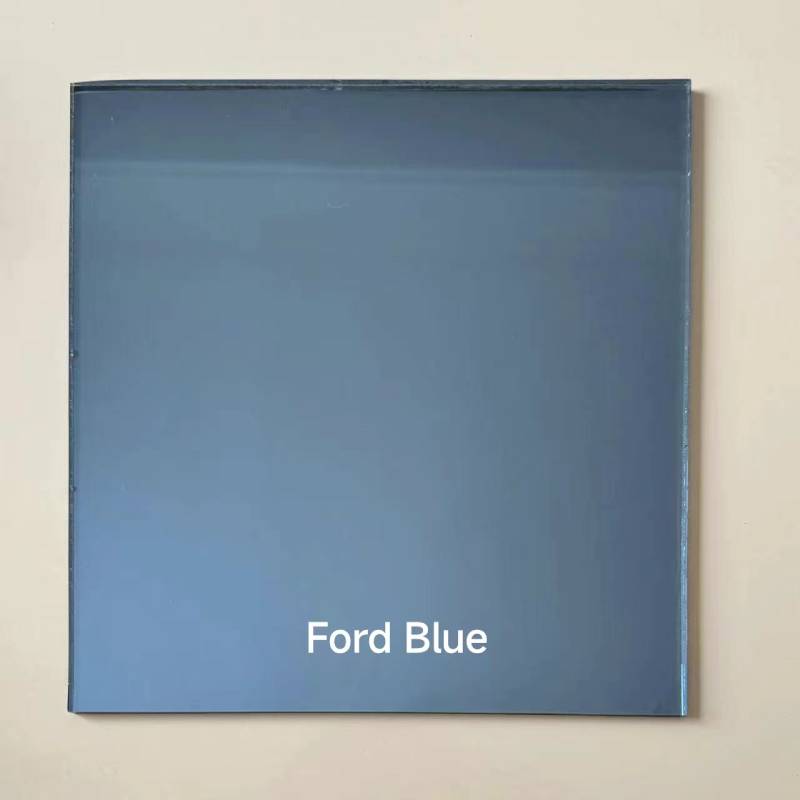

Tempered Double Glazed Glass A Perfect Fusion of Safety and Energy Efficiency
In the realm of modern architecture and building design, glass has emerged as a fundamental element that seamlessly blends aesthetic appeal with functionality. Among the various types of glass available, tempering and double glazing have become essential features—particularly tempered double glazed glass, which offers an optimal combination of safety, energy efficiency, and thermal comfort.
Understanding Tempered Glass
Tempered glass, also known as toughened glass, is produced through a process of extreme heating and rapid cooling. This treatment significantly increases the glass's strength compared to standard glass, making it more resistant to impact, thermal stress, and atmospheric pressure. In the event of breakage, tempered glass shatters into small, blunt pieces rather than sharp shards, minimizing the risk of injury. This characteristic makes it an ideal choice for various applications, from windows and doors to shower enclosures and glass facades.
The Double Glazing Advantage
Double glazing, or insulated glazing, consists of two panes of glass separated by a vacuum or gas-filled space. This design enhances thermal insulation, reducing heat transfer between the interior and exterior of a building. The air or gas layer acts as a barrier, minimizing heat loss in the winter and keeping interiors cool in the summer. The result is improved energy efficiency, which has become increasingly important in the context of rising energy costs and environmental concerns.
The Perfect Combination

When tempered glass is combined with the double glazing technique, the benefits are magnified. Tempered double glazed glass retains the safety and strength of tempered glass while enhancing the energy-efficient properties of double glazing. This combination not only provides significant cost savings in heating and cooling but also contributes to a building's overall sustainability. Furthermore, architects and builders can meet stringent building codes and energy performance standards with ease.
Applications and Benefits
Tempered double glazed glass is versatile, making it suitable for various applications in both residential and commercial properties. It is widely used in window installations, curtain walls, facades, and balcony railings. The aesthetic qualities of glass can enhance a building's visual appeal, allowing for panoramic views while maintaining high safety standards.
In addition to safety and energy efficiency, tempered double glazed glass contributes to noise reduction. The insulating properties of the two glass panes and the gas-filled space help to dampen external noise, creating a more comfortable indoor environment. This is particularly beneficial in urban areas where traffic and other noises can be disruptive.
Conclusion
As the demand for energy-efficient and safe building materials continues to grow, tempered double glazed glass stands out as a leading choice for architects, builders, and homeowners alike. Its unique combination of strength, safety, and thermal performance makes it an ideal material for contemporary construction. By incorporating tempered double glazed glass into building design, stakeholders can enhance the quality of life for occupants while also contributing to environmental sustainability. In a world where safety and efficiency are paramount, this innovative material serves as a testament to the advancements in architectural technology, promising better buildings and brighter futures.